by Fjordman – reposted with permission
When the passenger ship Titanic collided with an iceberg in the North Atlantic on its maiden voyage and sank on the evening of April 14-15, 1912, it was a tragedy that made a big impression on its contemporaries. Of the roughly 2,200 people on board, around 1,500 died. The disaster was also a harbinger of a far greater disaster for much of Europe.
Just two years later, the European continent was plunged into an extremely bloody war, the First World War. In many ways, Europe has still not fully recovered from this senseless tragedy, more than a century later.
It could be tempting to view today’s weak and exhausted Europe, flooded daily by intruders from the south, as a kind of Multicultural Titanic. Yet, if you think seriously about this analogy, you conclude that today’s Europe is far worse than the Titanic.
Obviously, Europe is a continent with hundreds of millions of inhabitants, not just a few thousand passengers. But let’s focus on another aspect of this comparison.
Reaction time is the time it takes from when you perceive a danger until you start reacting to it. If you’re driving a car or riding a bike, how long does it take from the time you notice a potential collision until you react by braking or changing direction to avoid a collision?
For a healthy person, the normal reaction time in traffic is usually a couple of seconds. This can become considerably longer if you are tired, inattentive or intoxicated.
When the lookouts on the Titanic finally spotted the iceberg in front of them, they immediately raised the alarm. The quartermaster quickly tried to change course. Unfortunately, it was too late, so the ship hit the iceberg and sank anyway. However, the reaction time of the Titanic’s crew from the moment they discovered a potential disaster can be measured in seconds.
The Titanic had a radio, or wireless telegraph, on board. This was a new technology at the time and was used to call for aid when the collision occurred. However, technology that could have been used to detect the iceberg in advance, such as sonar or radar, was developed in the years following this tragedy.
When the Titanic sank in 1912, it was an accident. Perhaps they were traveling at too high a speed, in an area where they could encounter icebergs, but they were also unlucky.
Compare this with today’s Multicultural Titanic. Western ruling elites haven’t merely had days, weeks or months to change course. They have had several generations to change course to avoid disaster, but they still refuse to do so.
For decades, many people have tried to sound the alarm but have been ignored, ridiculed or silenced. Some of those who have raised the alarm have been attacked verbally, legally or physically.
The ruling elites regard all warnings as signs of hatred and icebergophobia. The iceberg is supposedly full of tasty kebabs, and maybe it can be good for the economy and pay for future pensions. Those in charge seem to have an active desire to hit the iceberg.
Even drivers intoxicated by alcohol or other drugs will occasionally change direction simply because they are unable to stay in the same direction for any length of time.
Western leaders, however, do not behave like drunk drivers. They have been steering a steady course towards the iceberg continuously for more than half a century. If the entire Western world has been moving in the same direction for 50 or 60 years, is this just an accident?

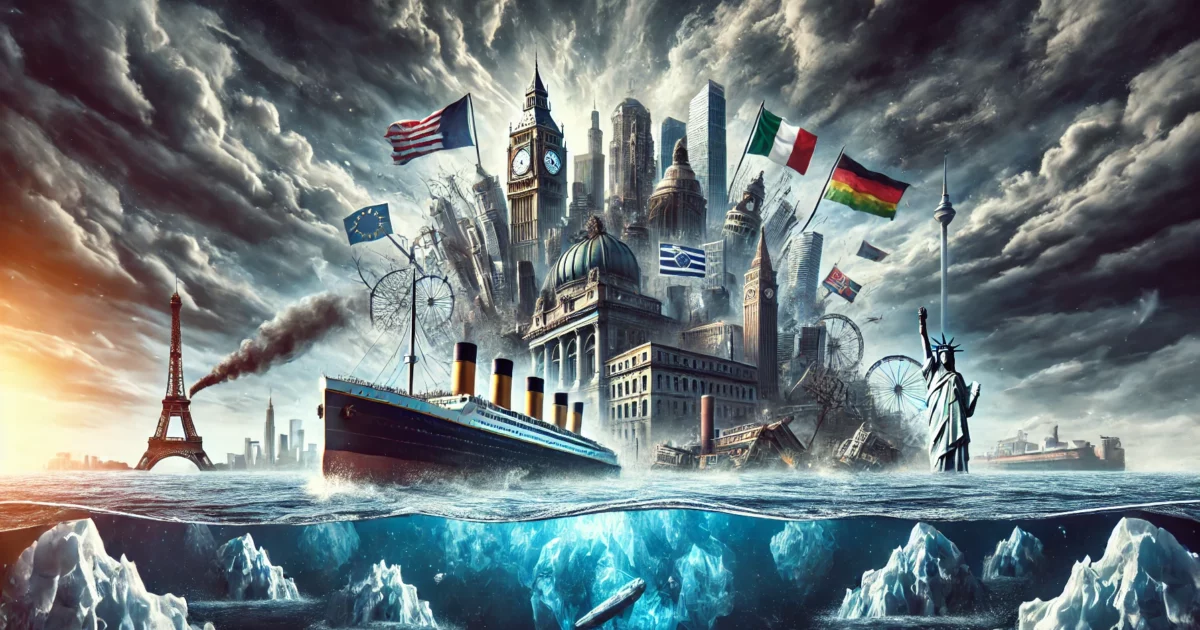




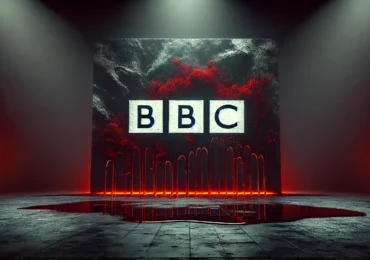
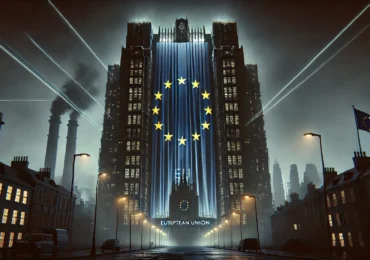




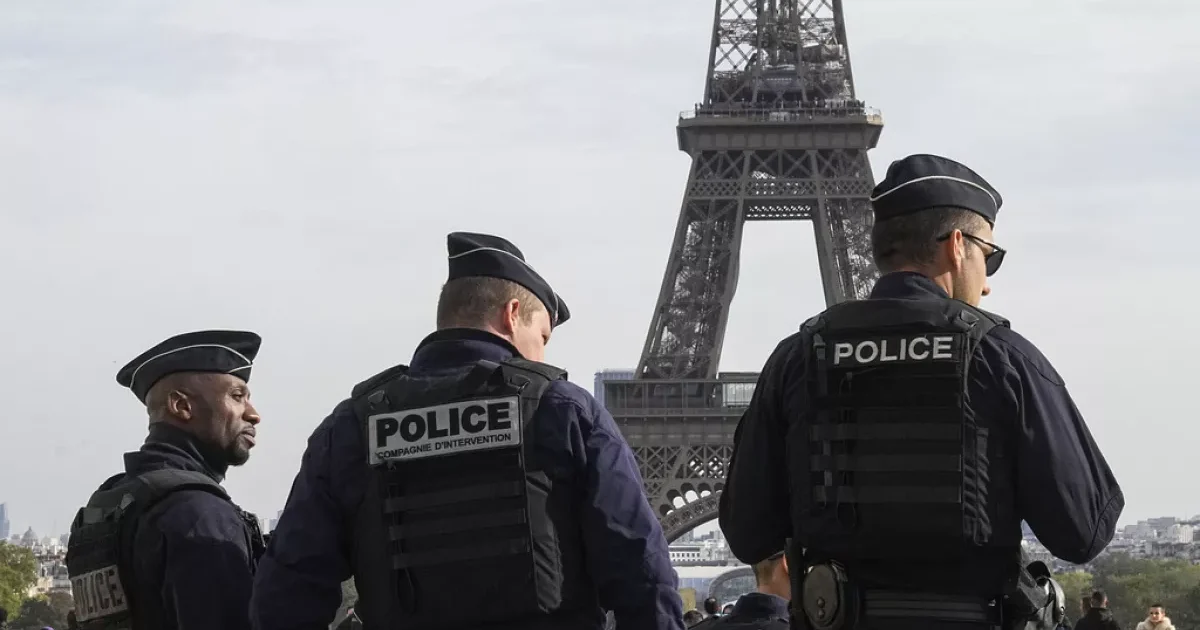
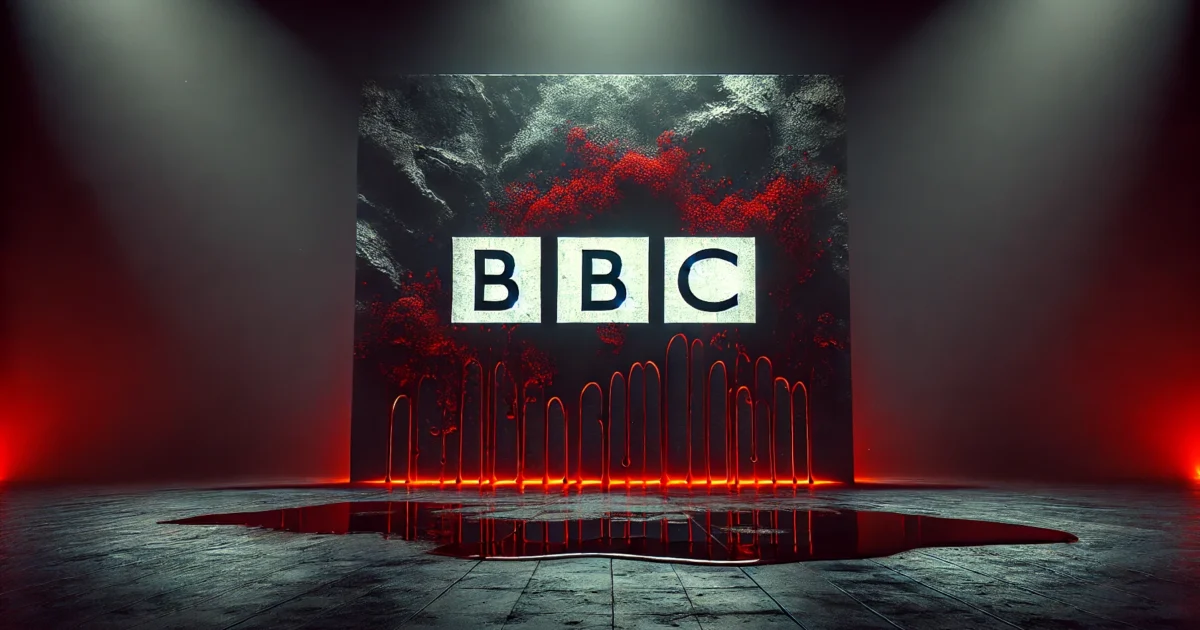
Add comment